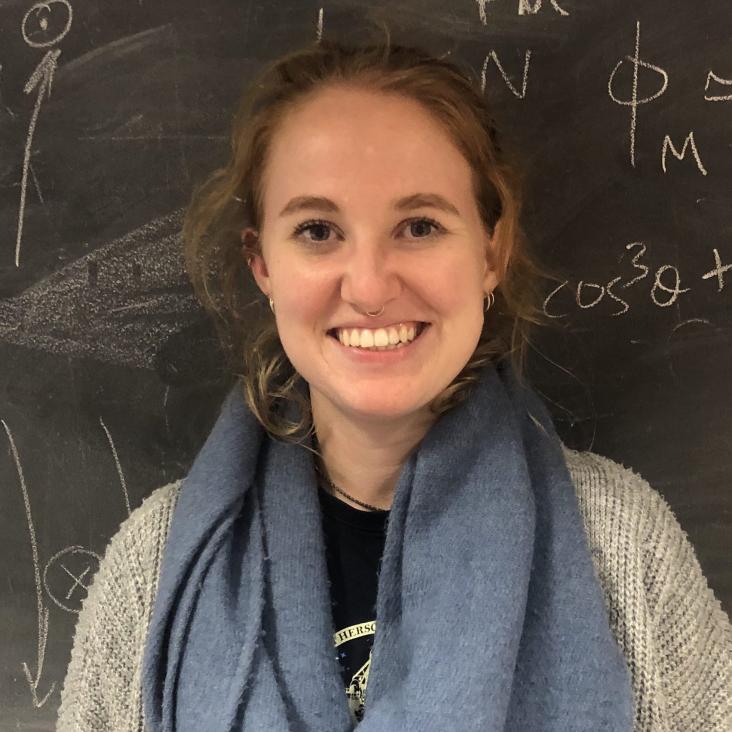Rocking the BOAT: the ups and downs of the long-term radio light curve for GRB 221009A
ArXiv 2408.16637 (2024)
Ultrasoft state of microquasar Cygnus X-3: X-ray polarimetry reveals the geometry of the astronomical puzzle
Astronomy & Astrophysics EDP Sciences 688 (2024) l27
A Radio Flare in the Long-lived Afterglow of the Distant Short GRB 210726A: Energy Injection or a Reverse Shock from Shell Collisions?
The Astrophysical Journal American Astronomical Society 970:2 (2024) 139
Abstract:
We present the discovery of the radio afterglow of the short gamma-ray burst (GRB) 210726A, localized to a galaxy at a photometric redshift of z ∼ 2.4. While radio observations commenced ≲1 day after the burst, no radio emission was detected until ∼11 days. The radio afterglow subsequently brightened by a factor of ∼3 in the span of a week, followed by a rapid decay (a “radio flare”). We find that a forward shock afterglow model cannot self-consistently describe the multiwavelength X-ray and radio data, and underpredicts the flux of the radio flare by a factor of ≈5. We find that the addition of substantial energy injection, which increases the isotropic kinetic energy of the burst by a factor of ≈4, or a reverse shock from a shell collision are viable solutions to match the broadband behavior. At z ∼ 2.4, GRB 210726A is among the highest-redshift short GRBs discovered to date, as well as the most luminous in radio and X-rays. Combining and comparing all previous radio afterglow observations of short GRBs, we find that the majority of published radio searches conclude by ≲10 days after the burst, potentially missing these late-rising, luminous radio afterglows.The Long-lived Broadband Afterglow of Short Gamma-Ray Burst 231117A and the Growing Radio-Detected Short GRB Population
ArXiv 2407.13822 (2024)
Constraints on Relativistic Jets from the Fast X-ray Transient 210423 using Prompt Radio Follow-Up Observations
ArXiv 2407.07257 (2024)


